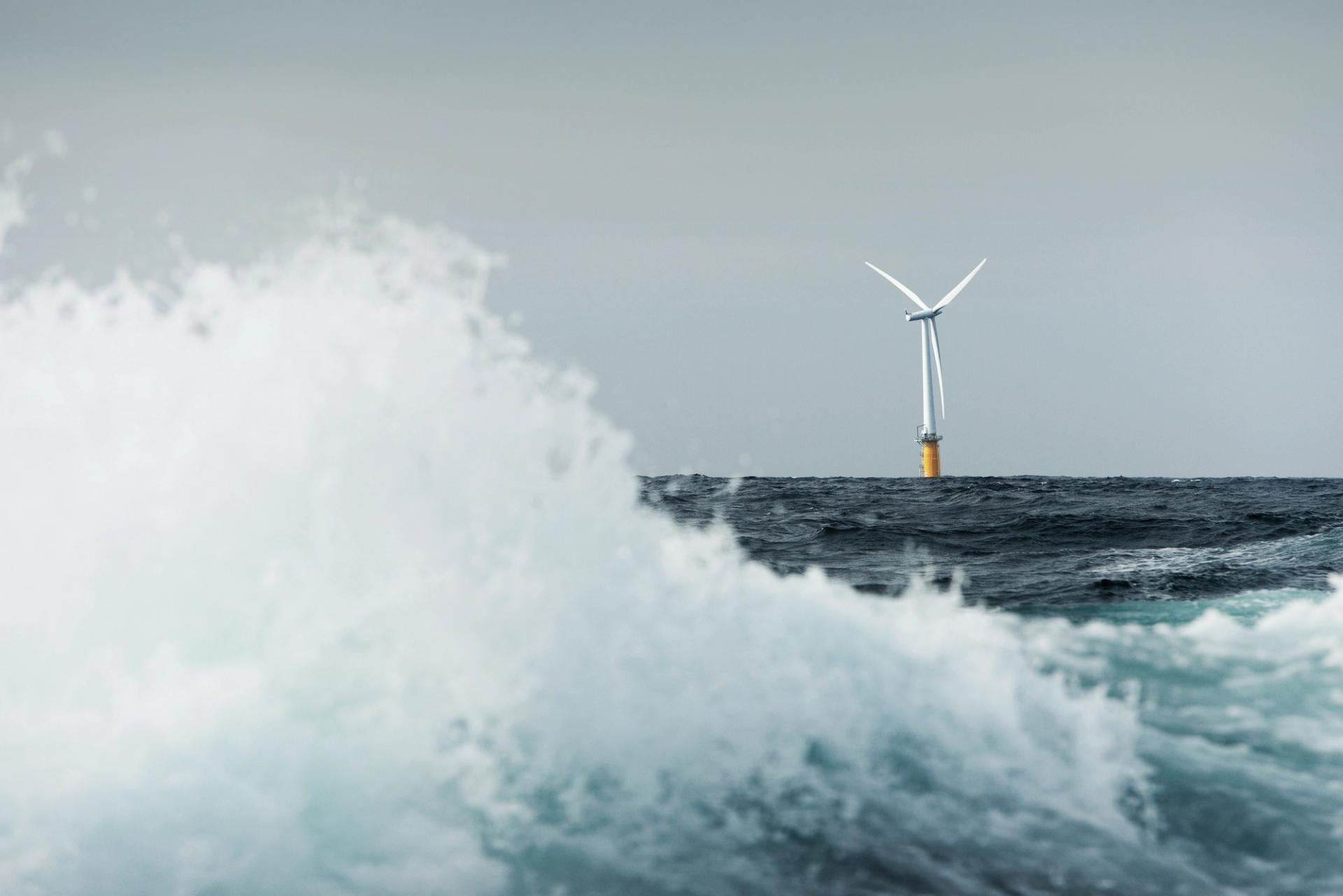Proper maintenance ensures wind turbine efficiency

To ensure wind turbine longevity it is essential to establish a routine involving continual monitoring as well as scheduled maintenance at regular intervals, typically once or twice a year, when all critical mechanical and electrical components are inspected.
What does wind turbine maintenance involve?
Wind turbines require extensive maintenance due to their large size and the extreme weather to which they are continuously exposed, day and night. Maintenance routines include regular inspections, repairs and servicing to ensure that the turbines operate efficiently and safely.
This is critical to extending the lifespan of the turbines and maximising their energy production. The maintenance is carried out by professionals called wind turbine technicians. They handle both installation and maintenance and are in high demand due to the rapid growth of wind power.
How do you access offshore wind turbines for maintenance?
Maintaining offshore wind turbines involves unique challenges and considerations due to their location in a harsh marine environment. Wind farms are usually located far from shore, so accessing the turbines is a costly process with specific logistics and safeguards for personnel and assets. Specialised equipment and vessels are also needed for inspections and repairs.
There are several different categories of maintenance:
Data-driven maintenance
SCADA systems are used to continually monitor turbine performance, collecting data on parameters such as wind speed, vibration and temperature. The system collects both real-time and historical data which operator scan analyse to predict possible equipment failures and other unwanted incidents. This enables more targeted and efficient maintenance interventions and a proactive maintenance strategy.
Regular inspection
Offshore turbine blades are regularly inspected for damage caused by wear and tear and environmental factors such as saltwater and high winds. The gearbox and generator are critical components and are inspected for wear and tear, functionality and lubrication levels. Turbine towers and foundations are inspected for structural damage.
Scheduled maintenance
Scheduled maintenance includes oil changes, filter replacements and other basic maintenance tasks to keep the turbine running smoothly. Thanks to data-driven maintenance, it is easier to locate components that need to be replaced, such as bearings, bolts and seals. The electrical system, including wiring, connectors and control systems, is also inspected.
Specialised maintenance
Specialised maintenance includes inspection of underwater components for signs of wear and tear and damage by divers or remotely operated vehicles (ROVs).
The nacelle, which houses the gearbox, generator and control system, is accessed using specialised vessels or helicopters.
For major repairs or component replacements, jack-up barges that can elevate themselves above the ocean surface provide a stable platform for work.
How often do offshore wind turbines need maintenance?
The frequency of maintenance varies depending on the type of turbine, its location, the amount of energy produced and its age. Most turbines require maintenance at least once every two years. A well-formulated maintenance strategy can reduce overall maintenance of an offshore wind farm.
Maintenance plays a crucial role in longevity and efficiency
Regular, well-targeted maintenance of wind turbines helps to boost performance, while preventing accidents and breakdowns. Regular inspection, scheduled maintenance and use of data-driven and specialised maintenance techniques help to keep turbines running smoothly and producing energy efficiently.
As wind energy technology advances, maintenance practices will also evolve, further improving the reliability and efficiency of offshore and onshore wind power production.
